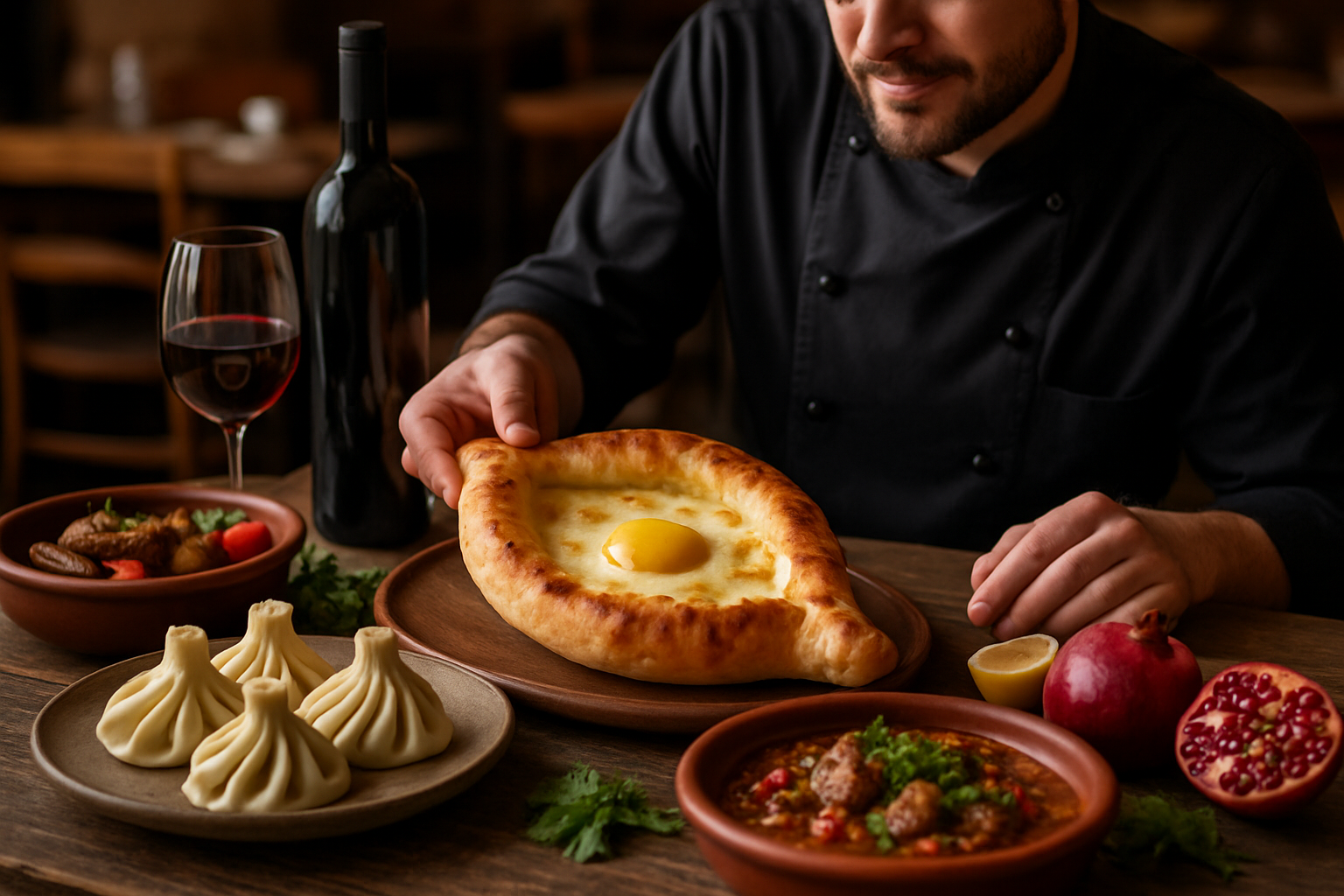Culinary Wanderlust: Exploring Bhutanese Cuisine
Embark on a gastronomic journey to the hidden Himalayan kingdom of Bhutan, where ancient traditions and unique flavors collide. From fiery chilies to hearty stews, Bhutanese cuisine offers a tantalizing glimpse into a culture deeply rooted in Buddhist philosophy and mountain living. Discover the secrets behind this lesser-known culinary treasure and prepare your taste buds for an unforgettable adventure.

Red Rice: The Nutritious Staple
Bhutan’s unique red rice is a cornerstone of the country’s cuisine and an essential component of a healthy diet. Grown in the fertile valleys of Paro and Punakha, this semi-milled rice retains its red husk, giving it a nutty flavor and chewy texture. Rich in fiber, vitamins, and minerals, red rice is not only delicious but also highly nutritious. Its cultivation is deeply intertwined with Bhutanese culture and agricultural practices. The rice is typically served as a base for curries and stews, absorbing the flavors of the dishes it accompanies. Its versatility extends beyond savory dishes; red rice is also used in sweet desserts and fermented to produce ara, a traditional Bhutanese rice wine.
Medicinal Cuisine: Food as Medicine
In Bhutanese culture, food and medicine are often one and the same. This holistic approach to nutrition is rooted in traditional Bhutanese medicine, which draws heavily from Tibetan practices. Many ingredients used in everyday cooking are chosen not just for their flavor but for their perceived health benefits. Cordyceps sinensis, a rare fungus found in the high-altitude regions of Bhutan, is prized for its medicinal properties and often incorporated into soups and teas. Other common ingredients with purported health benefits include buckwheat, known for its warming properties, and Sichuan pepper, believed to aid digestion. This integration of medicinal herbs and spices into daily meals reflects the Bhutanese philosophy of maintaining balance and harmony in one’s diet and lifestyle.
Momos: Dumplings with a Bhutanese Twist
While momos are popular throughout the Himalayan region, Bhutanese momos have their own unique characteristics. These steamed or fried dumplings are typically filled with minced meat, cheese, or vegetables, but what sets them apart is the use of buckwheat flour in the dough. This gives Bhutanese momos a distinct nutty flavor and heartier texture compared to their counterparts in neighboring countries. The fillings often incorporate local ingredients such as yak meat or native herbs, further distinguishing them from other regional variations. Served with a spicy ezay (chili sauce), momos are a beloved snack and comfort food in Bhutan, often enjoyed as a social meal shared among friends and family.
Ara: The Spirit of Bhutan
No exploration of Bhutanese cuisine would be complete without mentioning ara, the traditional homemade rice wine. This potent spirit plays a significant role in Bhutanese social and religious gatherings. Made from fermented rice or millet, ara can vary in strength and flavor depending on the brewing process and ingredients used. In some regions, it’s infused with local herbs or fruits to create unique variations. The production of ara is often a community affair, with recipes and techniques passed down through generations. While commercial production is limited, many Bhutanese households still make their own ara, preserving this important cultural tradition.
Bhutanese Culinary Insights
-
Bhutanese meals typically consist of rice, a meat or vegetable dish, and a soup.
-
Chili is considered a vegetable rather than a spice in Bhutanese cuisine.
-
Bhutan is one of the few countries where cannabis grows wild, but it’s primarily used as pig feed.
-
Dairy products like yak butter and cheese are essential in Bhutanese cooking due to the country’s pastoral traditions.
-
Bhutanese cuisine is influenced by Tibetan and Indian flavors but maintains its unique identity.
-
Vegetarianism is common due to Buddhist beliefs, but meat consumption is not prohibited.
-
Traditional Bhutanese kitchens often feature a bukhari, a wood-fired stove that serves as both a cooking appliance and a source of heat.
As we conclude our culinary journey through Bhutan, it’s clear that this small Himalayan kingdom offers a rich and unique gastronomic experience. From the fiery embrace of ema datshi to the comforting warmth of red rice, Bhutanese cuisine reflects the country’s cultural values, environmental conditions, and spiritual beliefs. By exploring these flavors, we gain insight into a way of life that balances tradition with sustainability, and nourishment with medicinal wisdom. Let the tastes of Bhutan inspire your own culinary adventures and broaden your perspective on the diverse world of food.





